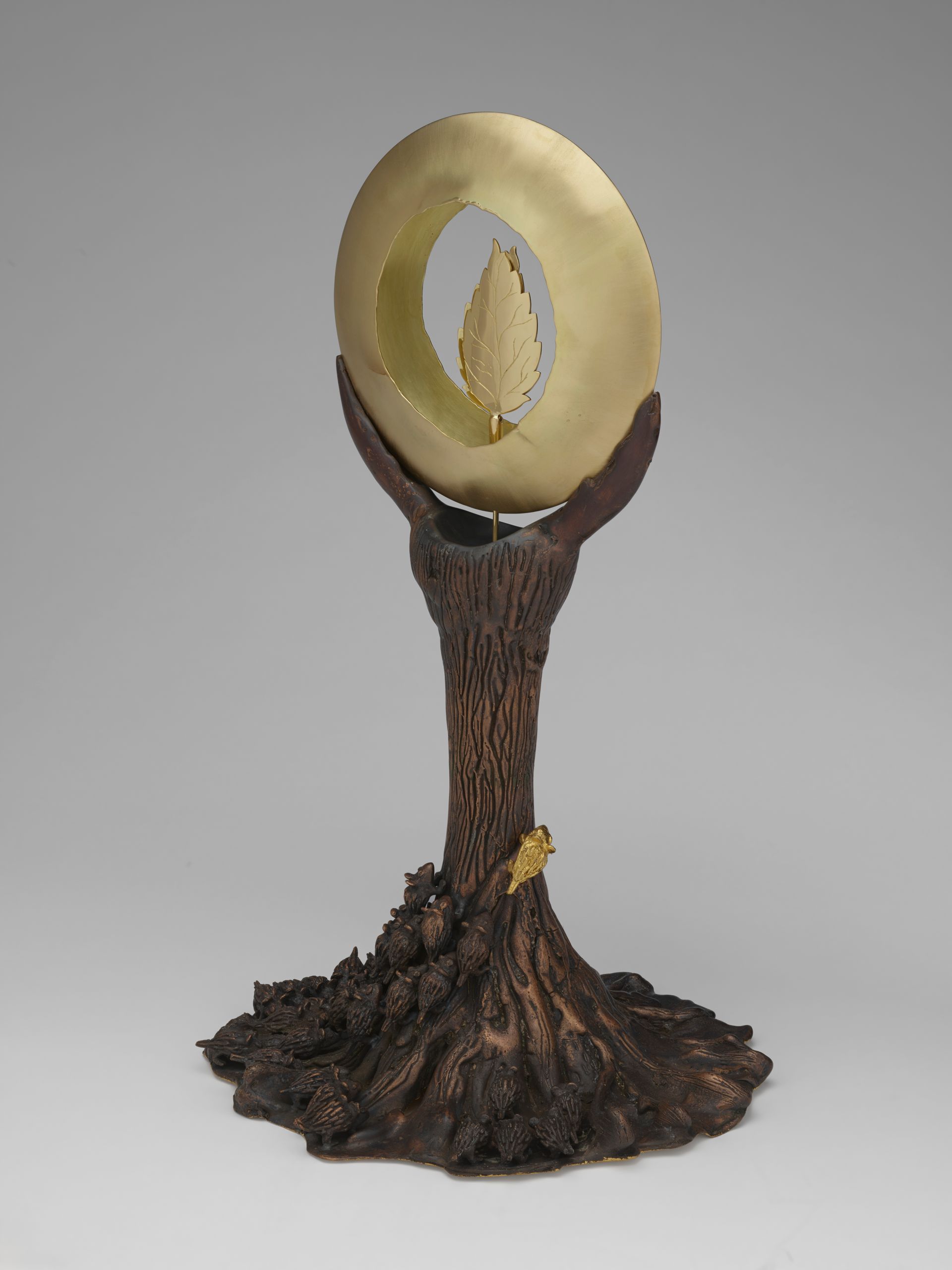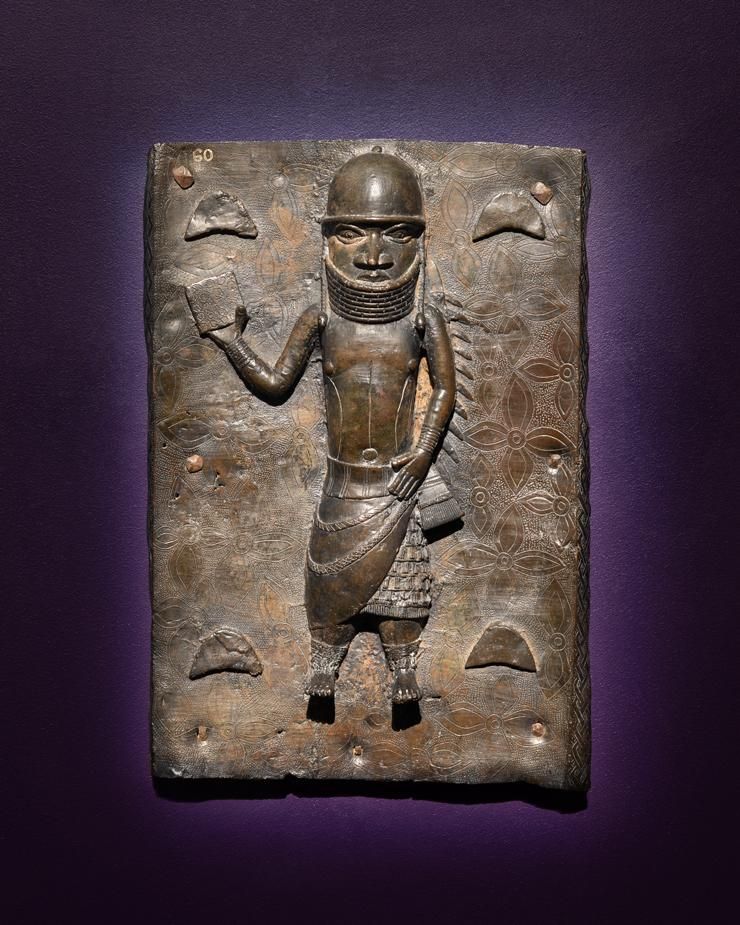Cultural Restitution
SHARE ARTICLE
After years of delay and political distraction, the official opening of the new Grand Egyptian Museum finally took place in the shadow of the pyramids on the evening of November 1st attended by monarchs, world leaders, heads of state and government.
The scale and ambition of the new Museum, said to be the largest collection in the world dedicated to a single civilisation, already comprises exhibition space for some 100,000 objects. But Egypt’s appetite doesn’t stop there.
The opening has triggered fresh calls for the return of three further iconic ancient artefacts, removed from Egypt when controls on the export of antiquities either didn’t exist or were poorly implemented. The resolve of prominent Egyptologists has been strengthened to recover all three of these artefacts: the Dendera Zodiac in the Louvre, the Nefertiti bust in the Neues Museum, Berlin and the Rosetta Stone at the British Museum in London.
“We need the three objects to come as a good feeling from these three countries, as a gift, as Egypt gave the world many gifts,” said the former Minister of Antiquities Dr Zahi Hawass. Other reports on Instagram that all Egyptian artefacts abroad are to be repatriated ‘with UNESCO’s assistance’ are without foundation. Dr Hawass has always insisted it is only these three objects that Egypt is pressing to recover.
It's a campaign that Dr Hawass has been leading for more than thirty years, with the return of the Rosetta Stone from the British Museum a high priority. Fellow Egyptologists agree. “The British Museum’s holding of the Stone is a symbol of Western cultural violence against Egypt,” according to another leading Egyptologist and restitution campaigner Monica Hanna. She argues that Egypt should ask for its return officially as it was “taken under a colonialist pretext.”
But of course, the Rosetta Stone is an object of far greater significance than another item of colonial plunder. Its trilingual text presented scholars with their first genuine opportunity to start to decipher hieroglyphs and to unlock the history, society and culture of this ancient civilisation. Other decrees with trilingual texts from the same Ptolemaic period of Egyptian history have come to light since the Rosetta Stone was discovered. But this decree, carved on black basalt, was the first. Hieroglyphs would have been deciphered without the Rosetta Stone, but it would have taken longer.
Which is why it’s understandable that Dr Hawass and other Egyptologists are so keen to have the Rosetta Stone repatriated and showcased in the new Grand Egyptian Museum.

The Rosetta Stone (Courtesy of the Trustees of the British Museum)
However, we don’t believe Egypt is any closer to seeing it returned than before the opening of the new Museum... at least not until Britain’s government discovers a new strain of benevolence.
The question of ownership remains at the heart of the issue. If Egypt doesn’t own it, who does? Right now, ownership resides with the British Museum, confirmed by an Act of Parliament and reinforced in the 1963 British Museum Act. But was it colonial loot, the spoils of war or simply a lucky find?
Collecting in Egypt at the end of the 18th century was something of a free for all. There were no restrictions on exporting antiquities from Egypt when the Stone was discovered and no laws in place to prevent it.
At the time of its discovery (1799) Egypt was de facto a French-occupied territory. Discovered while preparing foundations for an extension to a French fort, the officer of Engineers and his companions who unearthed the Stone correctly observed that it likely bore three versions of the same text. Recognising this importance, it was dispatched to Cairo where it could be studied and copies of it made for wider distribution.
Following the capitulation of Napoleon’s army in Egypt almost two years later, the scholars (savants) accompanying the French expedition took the Stone to Alexandria so it could be shipped to France for permanent exhibition. However, under the terms of the French surrender, the French army and savants were compelled under Article XVI of the Treaty of Alexandria to surrender the Stone along with their other important discoveries into the hands of the British army. This hand-over to the British as a ‘spoil of war’ took place eventually, but only after committed French resistance.
Ironically, had the Rosetta Stone remained in Cairo, it might have escaped the terms of capitulation altogether and might now be a prize exhibit in the Louvre, owned by the French nation.
But that was not to be. After securing its ownership, the Rosetta Stone was placed on exhibition at the British Museum in 1802 and has remained on exhibition there ever since, protected by an Act of Parliament.
Only a change in this law, unforeseeable at the present time, could challenge the British Museum’s right of ownership – regardless of the circumstances of its acquisition. As readers of Returning Heritage will know, there are a limited number of exemptions in the British Museum Act 1963 that might permit the legal return of an object to another party. But these exemptions would not apply to the Rosetta Stone, whose exhibition and educational value to the Museum are inestimable.
The Museum acknowledges the enormous significance of the Stone. But it has also pointed out it is one of four known copies of this same decree of Ptolemy V of which two already exist in Egypt (there may be more still undiscovered). The copy known for two centuries as the Rosetta Stone dates to 196 B.C.
Significantly, the Museum also claims it has received “no formal requests for either the return or the loan of the Rosetta Stone from the Egyptian Government”.
Were changes to the Act to happen in the future, we believe it’s hard to see why the Museum’s trustees would wish to return one of its most important and iconic assets.... at least, for the time being. The institution is currently involved in a major fundraising programme that involves raising an estimated £1billion for rebuilding and improving the Museum’s tired and leaky Western gallery spaces. The Rosetta Stone is a huge gallery draw - apparently, a postcard of the Rosetta Stone used to be the best-selling item in the Museum Shop. So, removing such a valued asset while expending every effort to raise a mind-boggling sum of public and private money just doesn’t make sense.
At least for the present. But there is always the future and we suspect Dr Hawass and his colleagues are unlikely to weaken their resolve to campaign for the Rosetta Stone taking pride of place in the new Grand Egyptian Museum.



